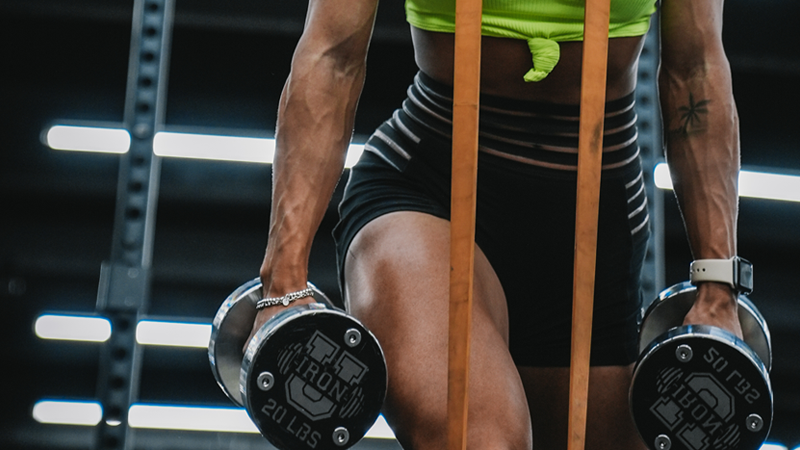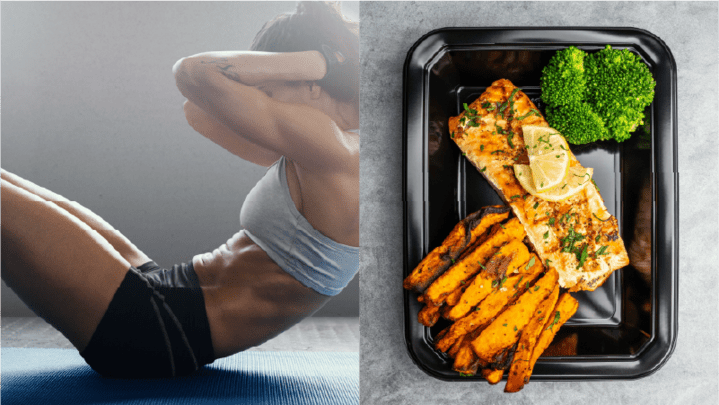What do the Loch Ness Monster, George Washington’s teeth, and your muscle soreness all have in common? There are a lot of myths surrounding them all.
While we won’t delve into the first two, you might’ve heard muscle soreness is due to lactic acid production during your workout. Sorry, that’s just a myth. Just like another common myth that muscle soreness means you’ve just had a great workout. While that could be true, it’s not the whole truth.
In fact, muscle soreness could mean you’ve completely overworked your muscles and joints or that your body isn’t used to the exercise you’re doing.
Whatever the reason, you’ve probably experienced muscle soreness before. So, here are some facts on how to beat it:
- Drink enough water during the day.
You’ve probably heard that our bodies are about 70% water. Technically, our bodies have a little less water than that, with men’s bodies at 65% water and women’s at 55%.
Regardless, the water in your body is more important than you might think.
Water keeps your joint cartilage soft. As weird as it might sound, hydrated, soft cartilage will protect your muscles and joints from post-workout aches and pains.
Plus, it naturally helps flush toxins out of our system, including all the stuff that causes inflammation from working out. Staying hydrated also keeps your joints, muscles, and tendons lubricated and reduces friction between them so that they won’t feel as tight or stiff after a hard workout.
- Add warm-ups and stretches to your workout.
If you have limited time to hit the gym, it’s easy to want to skip warm-ups or stretches.
However, some studies show that aerobic warm-ups can reduce delayed-onset muscle soreness, which is what you usually feel the day after a tough or new workout.
An aerobic warm-up helps energize and prepare your body for more rigorous activity, and it activates the connections between your nerves and muscles, which allows them to move more efficiently and smoothly.
Despite conflicting information, some studies also say that stretching before or after a workout can reduce some soreness, too, since oxygen flow to muscles can help break up the lactic acid that makes your muscles feel sore.
- Use heat – not ice – to treat your muscles.
If you’ve ever been in a gym locker room, you’ve probably seen a few athletes holding ice packs to their injured muscles.
It seems like an obvious solution. Ice numbs the pain, but it also reduces swelling and inflammation, right?
Well, yes. However, according to a recent study, ice can actually slow down the healing process for injuries and sore muscles.
If you’re looking for relief, heat is the way to go. Whether you take advantage of your gym’s sauna or take a hot shower after your workout, moist heat is proven to reduce muscle soreness and pain.
Unlike ice, heat opens up your blood vessels, which increases blood flow to the heated area, which can reduce joint stiffness and muscle spasms.






